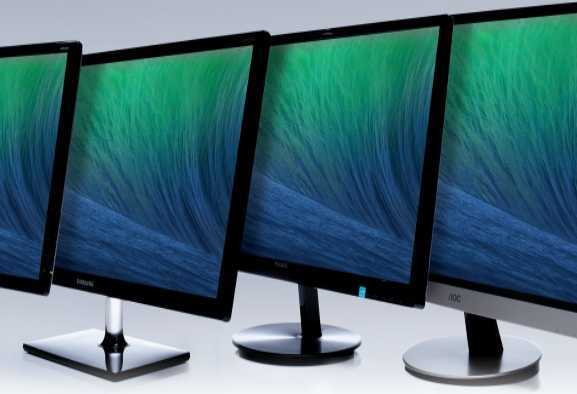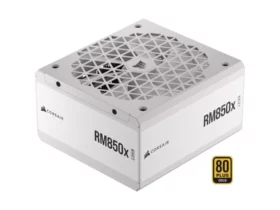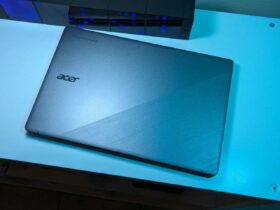On the market we can find numerous types of screens and, consequently, it is necessary to evaluate the technical characteristics to understand which model may be more suitable for your needs.
Seven looking for a new monitor for your work? Even more so when it comes to activities such as photography, it is clear that it makes all the difference in this world the fact of having a display equipped with certain characteristics.
Before analyzing the characteristics that a good quality monitor should always have, it is advisable to discover the best monitors for photography according to Fotografia Moderna. Let’s go in search of parameters that must be thoroughly evaluated before proceeding with the purchase of a monitor.
Pay attention to the technology used
On the market we can find numerous types of screens and, consequently, it is necessary to evaluate the technical characteristics to understand which model may be more suitable for one’s needs. The first step is to understand which type of panel is closest to your preferences.
Virtually 90% of the monitors that can be found on the market today are characterized by being LCD type, i.e. liquid crystal. That said, there are other characteristics that differentiate them. For example, there are TN monitors, which are equipped with very low response times and are an excellent solution for those who love video games or for those who need to watch 3D content often and willingly.
Otherwise, there are the monitor IPS, which can be considered a more professional solution, given that they are linked to the universe of productivity and multimedia. Their main advantage is to offer a better color rendering compared to monitor TNas well as much greater viewing angles, even if the response times are higher.
Finally, here is the monitor VA, whose two main strengths are represented by a very interesting viewing angle, as well as by an excellent contrast. Even in this case, however, the response times are not a strong point, while the color reproduction is not at the same level as the IPS monitors, without forgetting how often they also suffer from the ghosting effect, which can be remarkably unnerving.
The quality of the image
Here is another parameter that must be evaluated with the utmost attention, since it makes the difference on the final choice. To find the monitor most in line with your needs, you do not need to refer exclusively to the size, or the quantity of inches, but you have to take a look at the resolution as well. The latter corresponds to the maximum amount of pixels that are used to create the images on the screen.
If in reference to the size, on the market you can find monitors ranging from 18.5 up to more than 30 inches, the question of resolution is slightly more complex. In fact, there are several solutions: let’s start with monitor HD, which are the ones that cost less, with a resolution of 1280 × 720 pixels in the 16: 9 format. This is a solution that may be suitable for those with no great demands and even a very limited budget.
Then we find the monitor Full HD. These are products that can count on a resolution of 1920 × 1080 pixels and, at the moment, can be considered as the ideal solution from the point of view of the relationship between quality and price. They are also a great option for gaming enthusiasts, with the best sizes ranging from 21 to 27 inches.
There are also two other types of monitors that are very popular on the market: they are the monitor 2K and gods monitor 4K (also called UltraHD). The resolution is higher in this second category, which can be considered a bit like the top of the range currently on the market.
Also response times and frame rates they make all the difference when it comes to finding the type of monitor that best suits your needs. In the first case it is the amount of milliseconds needed by a pixel to change its state on the screen and in the second case it is the amount of frames that are rendered every second by the graphics card and which refers to the fluidity of the image and the various movements in the case of movies.
















Leave a Reply
View Comments